
Many of us who teach international relations turn to fictional accounts of “first contact” to illustrate processes such as the security dilemma, alliances, balancing power, and so on. Indeed, Dan Drezner has rather famously shown us the many ways we can use the zombie genre to illustrate the explanations we have created to explain the processes we study.
I recently encountered an American Experience series, We Shall Remain (2009), that turned to historians to produce documentary films of the European conquest of the North American indigenous people, but told from the vantage of the victims of that genocidal conquest. Episode 1, After the Mayflower, provides a non-fiction account that anyone interested in the security dilemma, alliances, terror, and so on will want to watch.[1] Doing so will also provide you with a useful corrective to whatever you (and your children) were taught in K-12 schooling in the US. In the interest of not spoiling, I sketch the issues that arise that are of interest.
After having secretly watched the newcomers for months, Massasoit, the leader of the Wompanoag, made contact with the small group of Pilgrims who had survived the first winter on March 22, 1621. Remarkably, the two groups signed a written treaty that very day, which said in part:
- That he nor any of his should do hurt to any of their people.
- That if any of his did hurt any of theirs, he should send the offender, that they might punish him.
- That if anything were taken away from any of theirs, he should cause it to be restored; and they should do the like to his.
- If any did unjustly war against him, they would aid him; if any did war against them, he should aid them.
- He should send to his neighbors confederates to certify them of this, that they might not wrong them, but might be likewise compromised in the conditions of peace.
- That when their men came to them, they should leave their bows and arrows behind them.
- That King James would esteem Massasoit (Ousamequin) as his friend and ally.
They strengthened their ties via an additional treaty on September 13, 1621.
The first portion of the episode focuses upon Massasoit’s decision to ignore the advice of some of his counselors who wanted to destroy the colony while it was so weak and vulnerable. The remainder of the episode covers the period through King Philips War (i.e., 1678), nicely illustrating the problem of incomplete contracting,[2] and also touches on the colonists’ use of mass slaughter and terror to secure quiescence, as well as the geopolitics involved among the various inhabitants of New England.
If the security dilemma, alliances, terror, etc. interest you, I urge you to check it out. If you teach you will want to consider whether the episode could be useful in the classroom. Inevitably there are issues about the production that I can quibble with, but I think you will agree your time was well spent.
@WilHMoo
A previous version of this post can be found at Will Opines.
[1] The five episode series, which has an 8.2 score on IMDB, is currently streaming free on Amazon Prime. At present there is also a copy of episode 1, the one discussed here, on YouTube. [2] For a discussion of the impact of the incomplete contracting problem upon military alliances, see BA Leeds (2003) Alliance reliability in times of war: Explaining state decisions to violate treaties.

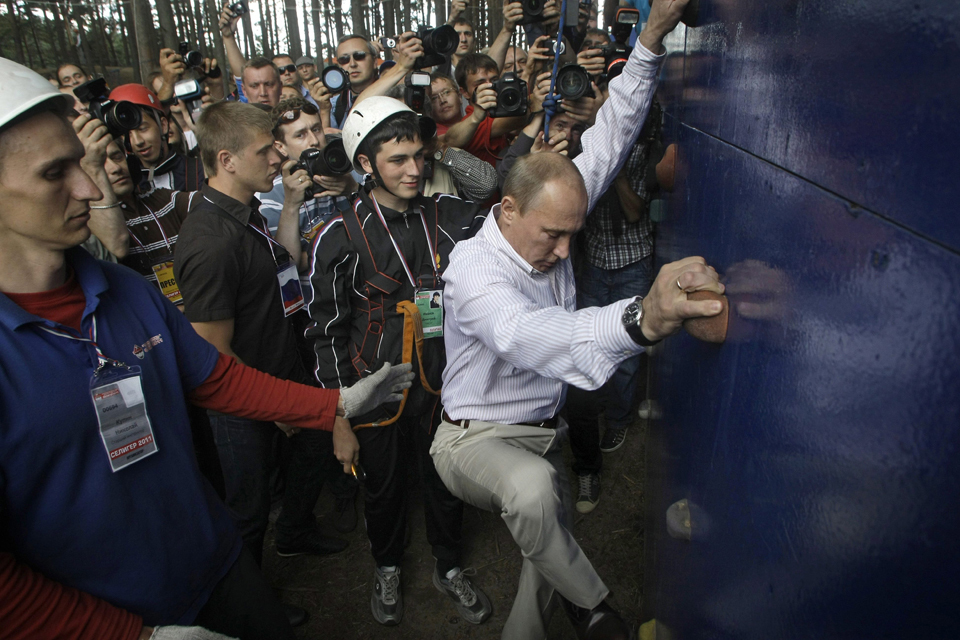
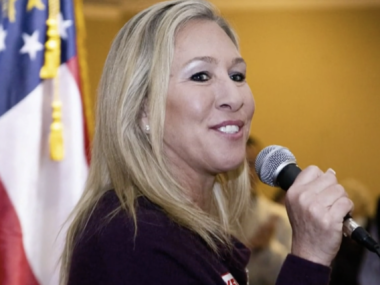
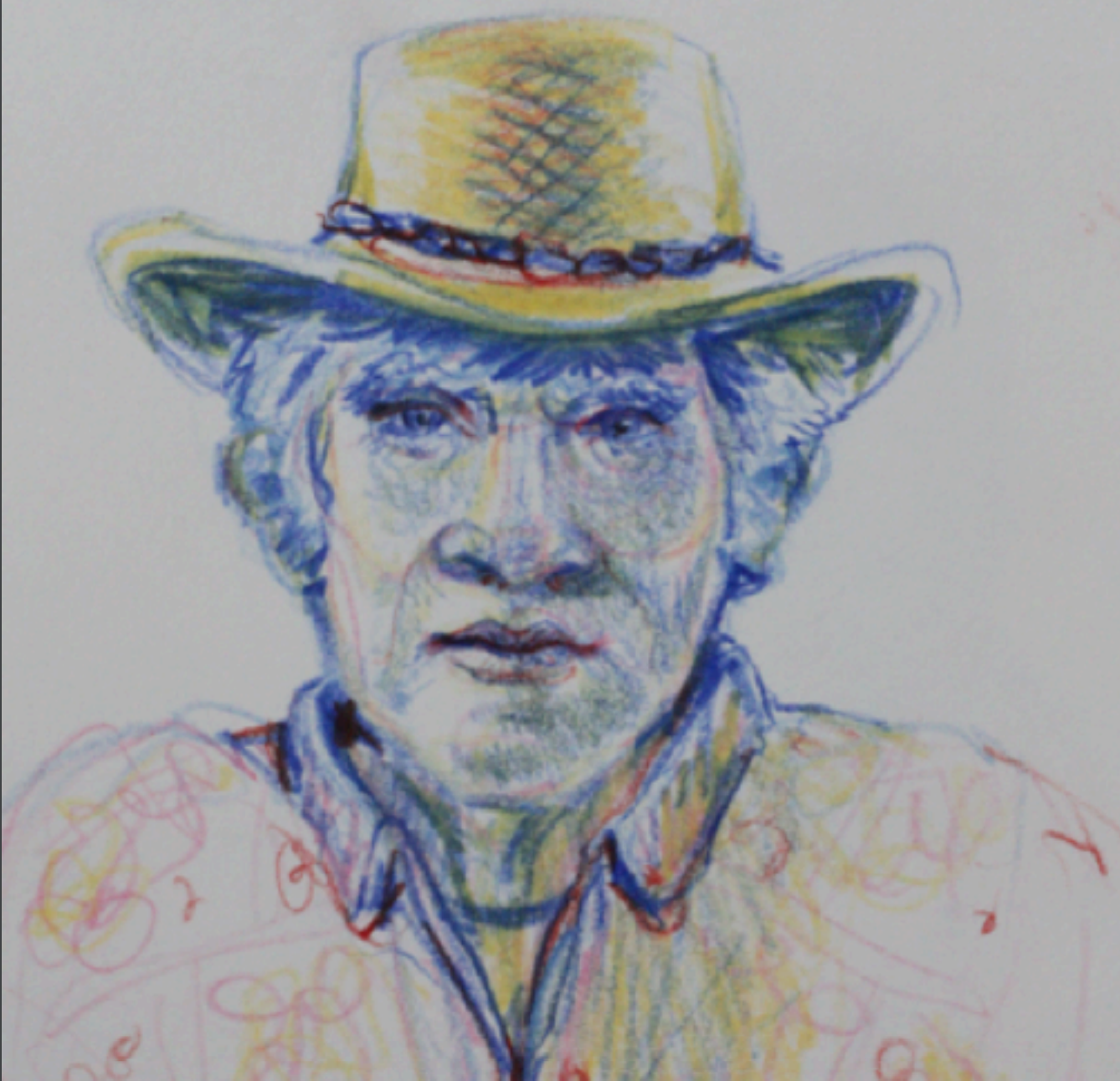
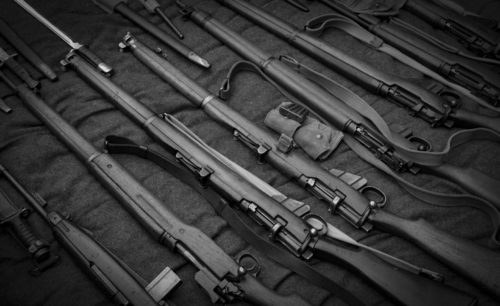
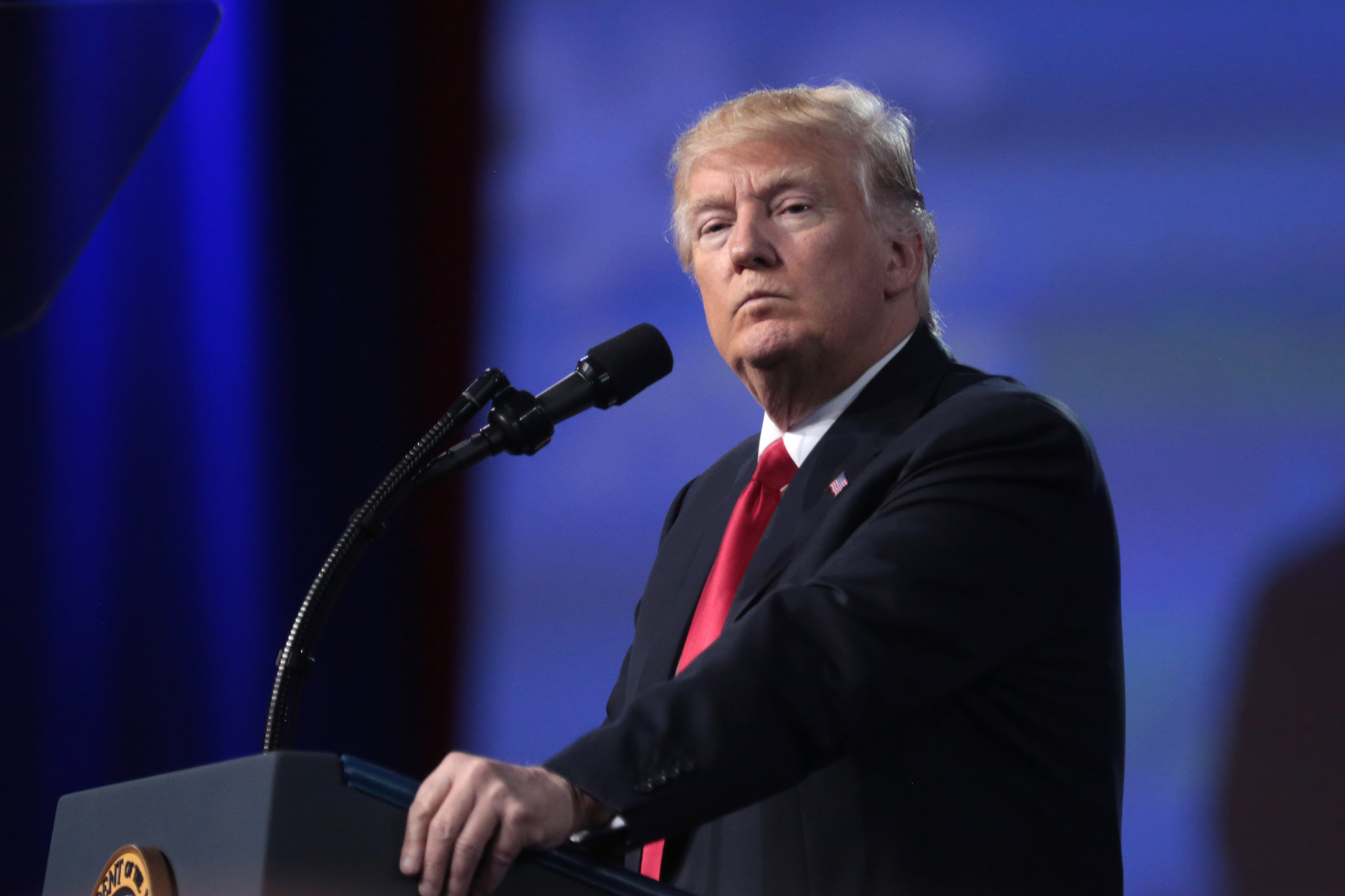
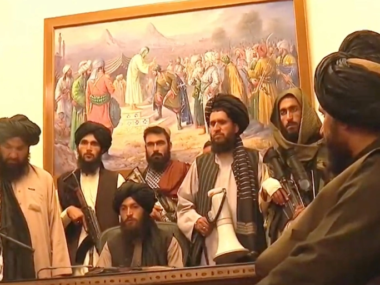
2 comments
Very interesting post. It’s funny how humanity has sort of always been this way; violence and mass slaughter.
Reblogged this on tamarlomidze.